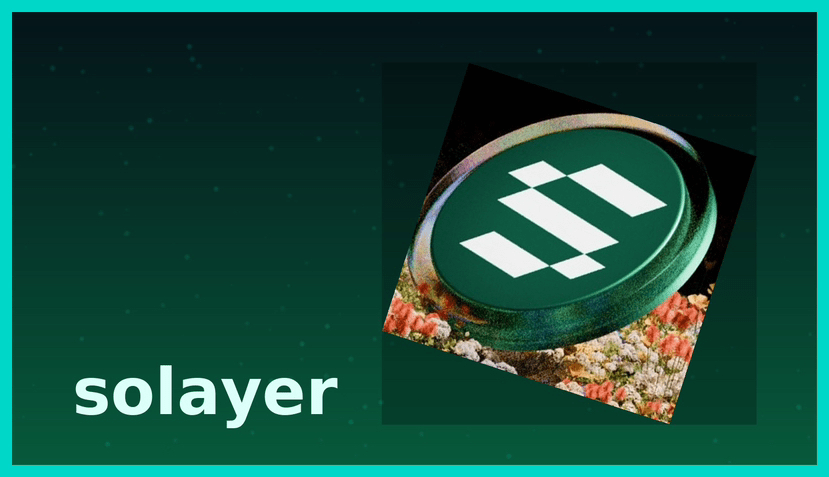But it's a very simple principle, just stake and you're done, brothers. If you have SOL, the annualized rate is over 10%.
First, let's talk about how they execute it. The core of Solayer is InfiniSVM and Multi-Executor: execution is split into multiple shards/clusters, combined with an RDMA + SDN network stack for high-speed interconnection, supporting concurrent transaction processing, fine-grained scheduling, sharded account storage, and speculative execution. The official roadmap also mentions a 100Gbps interconnection target; the approach is very 'engineering-oriented': instead of fussing over theoretical TPS metrics, it’s better to first connect the network and hardware bandwidth, execution pipeline, and storage layout. Developer benefits are explicit — high concurrent loads (matching, liquidation, on-chain game backends, etc.) are not easily slowed down by other businesses, with controlled, observable, and maintainable latency.
Let's take a look at the funding and settlement aspect. sUSD is a yield-bearing stablecoin on Solana: pegged at 1 USD, it obtains approximately 4%–5% annualized returns through U.S. Treasury Bills (T-bills), with earnings distributed automatically based on balances, meaning holding it generates interest; common wallet/market pages and aggregated data also provide the same mechanism description. The direct value to the application side is that it combines 'stability + yield' into a single primitive, eliminating the need to find 'yield-bearing containers' for liquidation, collateral, and payment, which can significantly enhance fund retention and the protocol's base yield.
Security and incentives are supported by native restaking. Users can restake SOL or LST (mSOL/JitoSOL/bSOL/INF) to provide security budgets for bridges, oracles, automated services, sorters, and other AVS, while stacking multiple rewards. For infrastructure teams, this means they can configure security weights as needed; for the funding side, this is a narrative of 'earning staking rewards while also receiving AVS-side incentives.' Practical paths and supported assets are detailed in various tutorials/maps and official channels.
Governance and growth are undertaken by LAYER. Solayer will officially announce the LAYER governance token and foundation at the beginning of 2025, with the standard being SPL-2020, initially used mainly for governance and ecological acceleration, with the expectation of extending to governance of security and economic layer parameters later. Market media also mentions expectations for TGE and airdrops, providing a unified approach for 'use-manage-maintain'. The practical significance for developers is that you are joining a network willing to use token budgets for a cold start, rather than just a 'testbed for PR.'
How to land it? I suggest three steps: 1) Split the business into high-concurrency and non-concurrency paths, prioritize migrating high concurrency to L2 execution clusters; 2) Use sUSD for settlement/collateral base, making 'default interest-bearing' an unnoticed experience for users; 3) Interface key components with restaking security budgets, making 'security' explicitly parameterized (governable, adjustable weights). Completing these three steps gives you more stable throughput, more resilient security, and higher fund utilization.
Finally, let's see if there are any risks? There definitely are, right? sUSD's 'stability + yield' has to face compliance and custody transparency, redemption and liquidity management under extreme market conditions; restaking must be cautious of mismatching 'moving core security budgets to chase high yields'; the network coupling and operational complexity of multi-executor clusters also need long-term refinement in practice. In other words, Solayer's roadmap is pragmatic, but both 'engineering and finance' lines need to run smoothly, and disclosure and governance are equally important.
@Solayer #BuiltonSolayer $LAYER